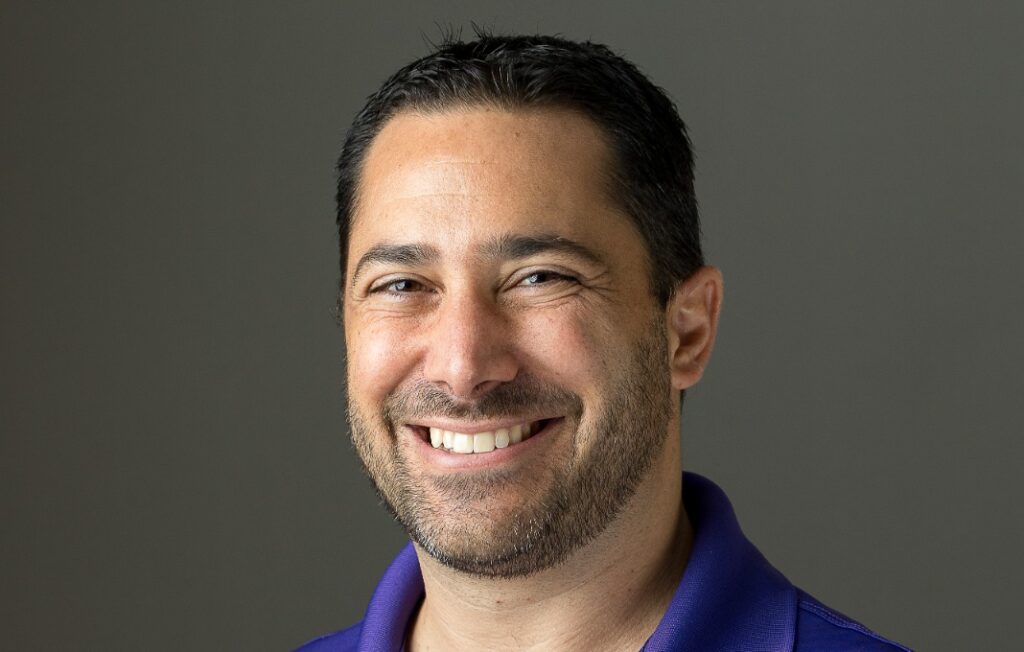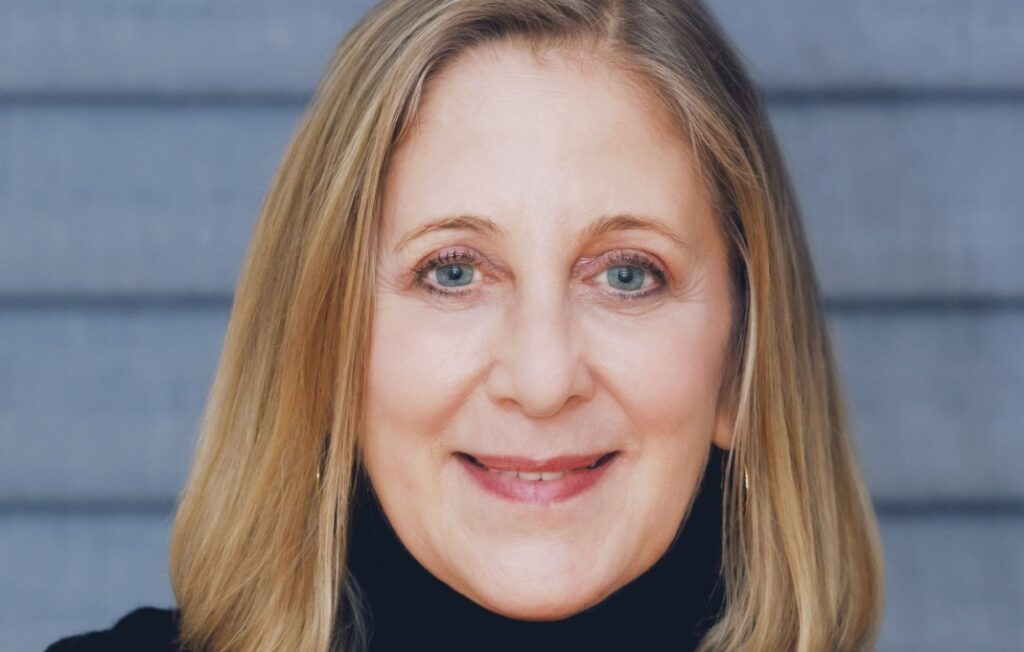I recall an incident at my former company where we rolled out an internal news app for smartphones. The pushback was surprising, with several employees adamantly refusing to download it. A quick LinkedIn search revealed a common thread among the dissenters: they were all long-standing employees, some with nearly three decades of service. In my mind, this realization reinforced the stereotype that older individuals resist adapting to change.
A lot has changed in the past decade. For one thing, I’m now in my early fifties, part of the age group often subjected to ageist stereotypes. My perspective on that incident has also evolved. Looking back, I feel a sense of embarrassment. I had unwittingly fallen into the trap of ageist thinking, assuming that resistance to change was a factor of age rather than individual preference or circumstance. Being in the same age bracket today, I understand the issue more personally and deeply. I’ve realized that age doesn’t define one’s ability or willingness to adapt or learn. This lesson has reshaped my understanding of ageism and its impact.
It also got me thinking about ageism in the workplace, a broader issue that often goes unnoticed. This stereotype of older individuals resisting change manifests as ageism, a form of discrimination that limits a person’s opportunities because of their age. While it might seem like a harmless assumption, it’s a symptom of a deeper, systemic problem that needs to be addressed.
Ageism by the Numbers
According to the World Economic Forum, one in two people are ageist against older people globally. Yet, despite its widespread nature, ageism remains invisible mainly, silently impacting individuals and society.
A closer look reveals a consistent pattern of bias against workers aged 45 and older across geographies. This bias is not only unfair but also economically unwise. By 2050, four in 10 people will be aged 50 or older. This group is the most educated and has the best healthcare outcomes of any other time for this age cohort in history. The world cannot afford to overlook the productivity and expertise of this population. Moreover, ageism in the workplace can lead to a significant loss of experience and wisdom that older employees can pass on to younger ones.
Ageism is also unique. It’s the only ‘ism’ that, given enough time, we will all face. This universality should motivate us to address it head-on. We must create an environment where older employees feel part of something bigger, accepted, and valued.
Ageism Action Plan
The fight against ageism is not a solitary battle. It’s a collective responsibility that requires action from everyone, regardless of age. Here are some concrete steps we can all take to combat ageism in the workplace:
• Educate about bias: Education is the first step towards change. Companies should conduct regular training sessions to raise awareness about ageism and its impact. We can create a more inclusive and respectful workplace by helping employees understand how ageist stereotypes can unconsciously influence their behavior and decision-making. For businesses, this can lead to improved team dynamics and increased productivity.
• Include age in diverse hiring strategies: Diversity isn’t just about race, gender or sexual orientation; it’s also about age. Companies should strive to have a mix of both younger and older employees. This can lead to a more dynamic and innovative workplace, as employees from different age groups can bring diverse perspectives and experiences. For businesses, this can drive innovation and enhance problem-solving capabilities.
• Self-reflection and personal accountability: It’s essential to be mindful of our own biases, especially when recruiting candidates and managing older employees. While we may not outwardly discriminate, our unconscious biases can subtly influence our decisions. These biases often manifest in our silent thoughts and reactions, which we need to be aware of and challenge. We must ensure that our decisions are based on individuals’ skills and abilities, not their age. Doing so can create a fairer and more inclusive workplace, leading to better hiring decisions, improved employee engagement, and a more motivated workforce for businesses.
• Reverse mentoring programs: Traditional mentoring usually involves a more experienced employee guiding a less experienced one. But reverse mentoring, where younger employees share their knowledge with older ones, can be equally beneficial. This can strengthen collaboration and promote continuous learning, helping to bridge the generational gap. This can lead to increased knowledge sharing and a more cohesive business team.
Ageism is not just a pervasive issue; it’s a corrosive one that silently eats away at the fabric of our society, affecting us all directly or indirectly. It’s high time we challenge our biases and behaviors, confront our own prejudices, and question the stereotypes we’ve unconsciously absorbed.
The Role of the Experienced in Combating Ageism
While it’s essential to address ageism from a societal and workplace perspective, older individuals also have a significant role to play. We must acknowledge that resistance to change, clinging to the status quo, and stereotyping younger workers can perpetuate ageism. It’s not uncommon to hear older individuals question younger generations’ intelligence, self-control, and work ethic. These stereotypes, however, are as harmful and unfounded as those targeting more senior workers.
Staying open to change, embracing new technologies, and reskilling as necessary are all vital steps for older individuals. Recognizing and accepting younger leaders is equally important. The world is evolving, and so must we. We must challenge our biases about younger workers and appreciate the unique skills and perspectives they bring to the table.
By staying adaptable and open-minded, older individuals can prove that age is just a number and that they’re as capable and relevant as their younger counterparts.
Building an Age-Inclusive Future
We must learn to value the wisdom and experience of our older colleagues as a vital part of our collective strength. At the same time, we must embrace the fresh perspectives and innovation that younger generations bring to the table. This isn’t just about fairness; it’s about harnessing the full potential of our society.
Together, we can break the age barrier, not by ignoring age, but by acknowledging and respecting it in all its diversity and viewing it not as a limitation but as a spectrum of potential.
Remember, ageism isn’t an “older people” problem; it’s a societal problem. And it’s not just up to one of us, but all of us to solve it. If you’re not convinced, remember this: ageism may not affect you today, but give it a decade. It’s a battle we’re all destined to fight, so let’s arm ourselves with understanding and empathy and win it together.








